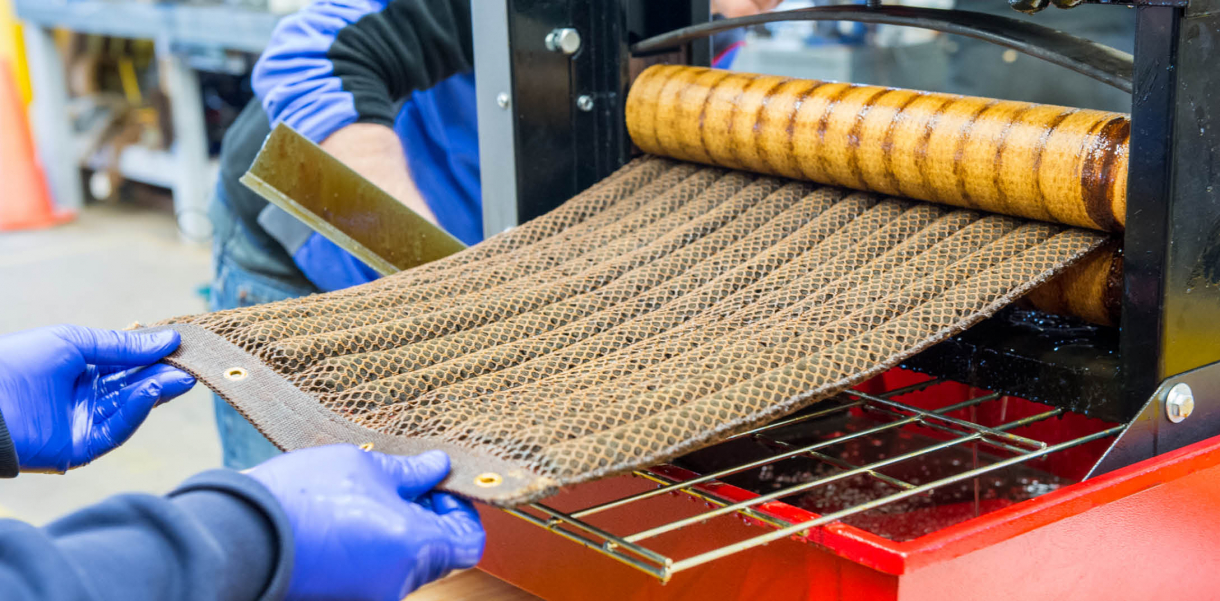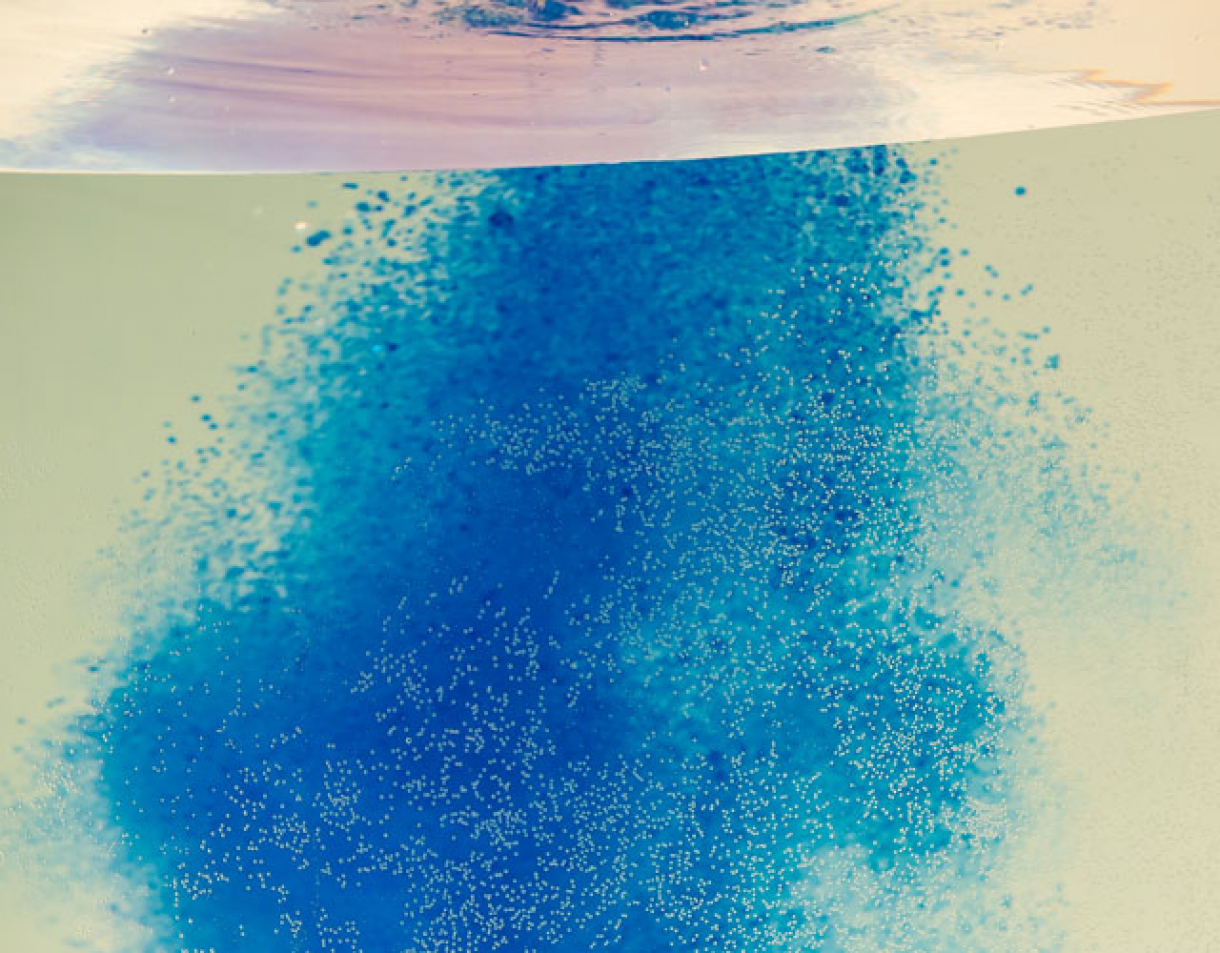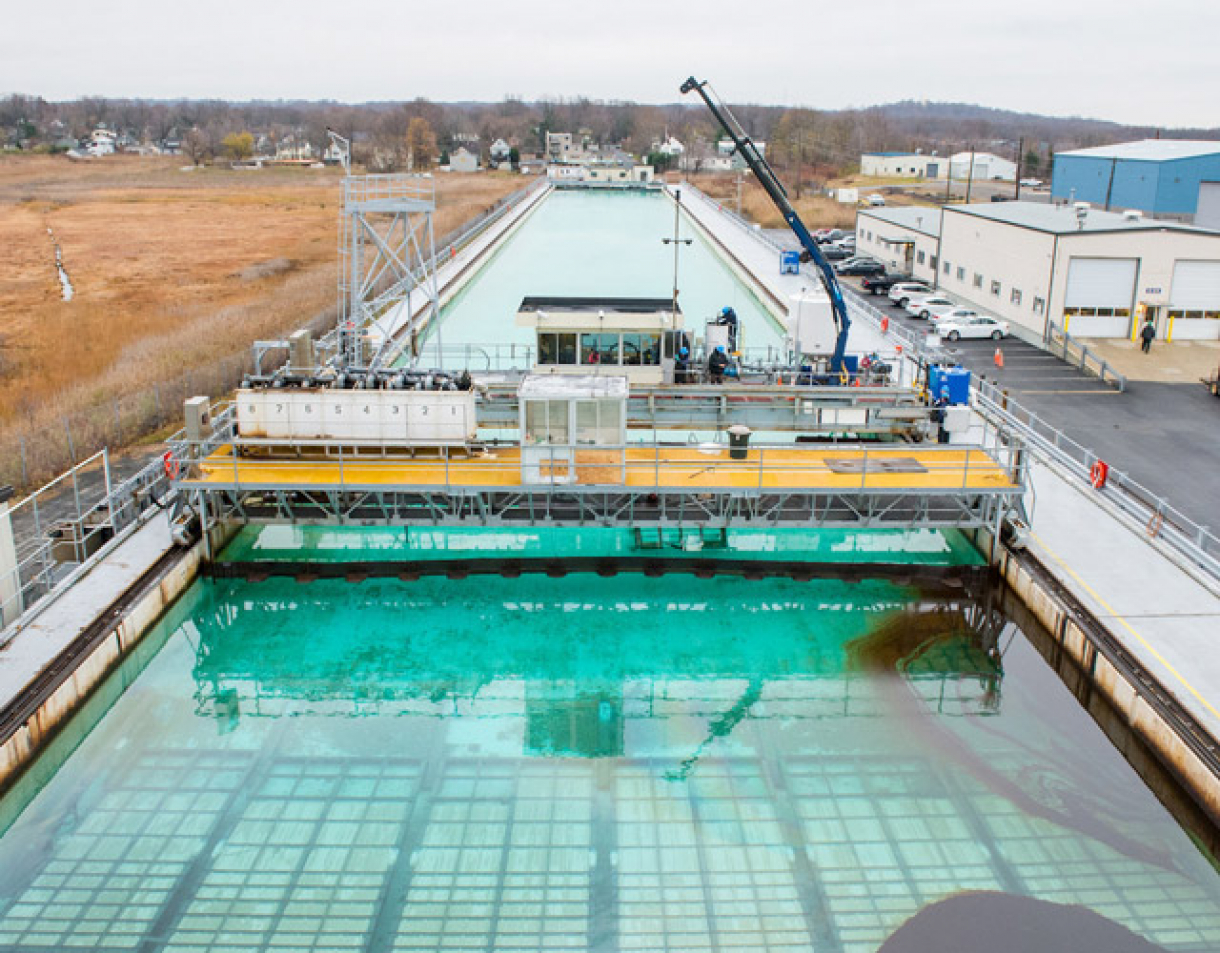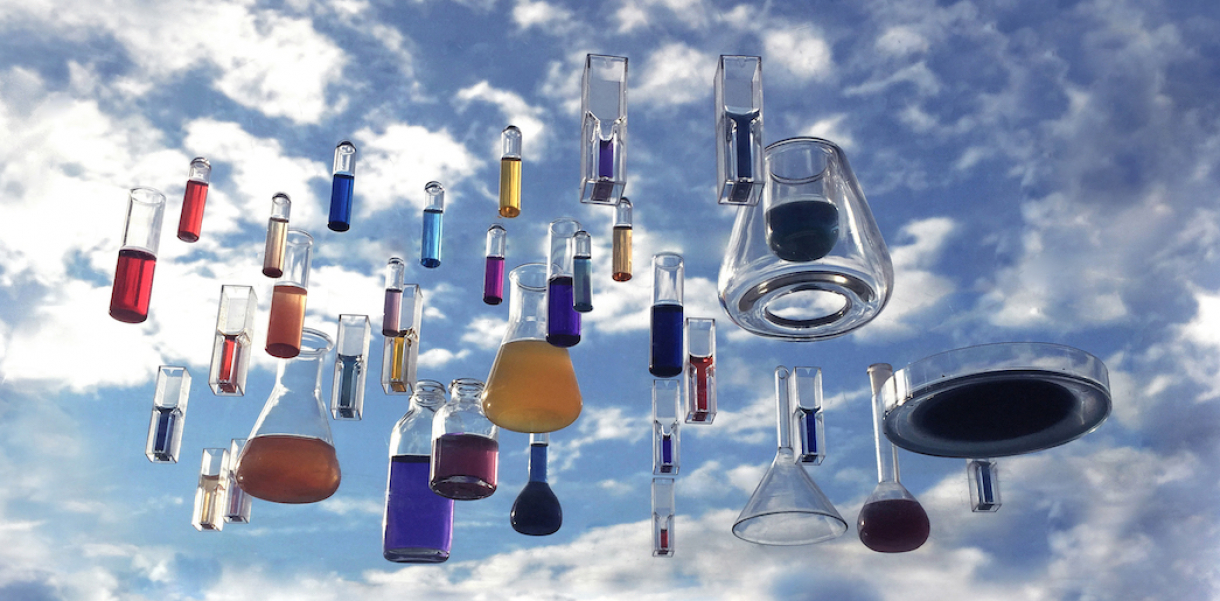In 2010, when the Deepwater Horizon drilling pipe burst, beginning the worst oil spill in American history, those in charge of the recovery discovered a devastating problem. The millions of gallons of oil bubbling from the seafloor weren’t all collecting on the surface where it could be skimmed or burned. Some of it was collecting under the water's surface - unreachable with any tool or technology.
There are thousands of oil spills in water bodies every year. Most of this oil is never cleaned up and wreaks havoc on marine, coastal and riverine ecosystems.
Oleo Sponge is a breakthrough material that easily absorbs oil from water. With a simple squeeze, it can pull dispersed oil from the entire water column — not just the surface.
“There’s a library of known molecules that can grab oil but, the problem was how to get them into a useful structure and bind them there permanently,” explains Seth Darling, Director of the Argonne National Laboratory.
"In addition to soaking up common oil slicks, Oleo Sponge can capture oil sheen."
First, his team started out with common polyurethane foam, used in everything from furniture cushions to home insulation. After some trial and error, they then found a way to 'infuse' the material with their previously developed oil-grabbing “primer”.
The Oleo Sponge, which looks a bit like an outdoor seat cushion, is extremely sturdy and can capture up to 90 times its mass in oil. Both the sponge and the captured oil can be reused, meaning that no waste is created when cleaning up a spill.
To date, the team has run hundreds of tests with remarkable results. During experiments at a giant seawater tank at the National Oil Spill Response Research & Renewable Energy Test Facility, the sponge successfully collected diesel and crude oil from both below and on the water surface.
"In addition to soaking up common oil slicks, Oleo Sponge can capture oil sheen," says Darling. "This is virtually impossible to address using traditional methods".
The sponge could potentially also be used routinely to clean harbours and ports, where diesel and oil tend to accumulate from ship traffic. The technique offers enormous flexibility and can be adapted to other types of cleanup besides oil in seawater. You could attach a different molecule to grab nearly any specific substance you need.
Designers: Argonne National Laboratory - USA
UN SDGs: Clean water and sanitation & Life below water
Oleo Sponge from The Index Project on Vimeo. Music: Lee Rosevere







